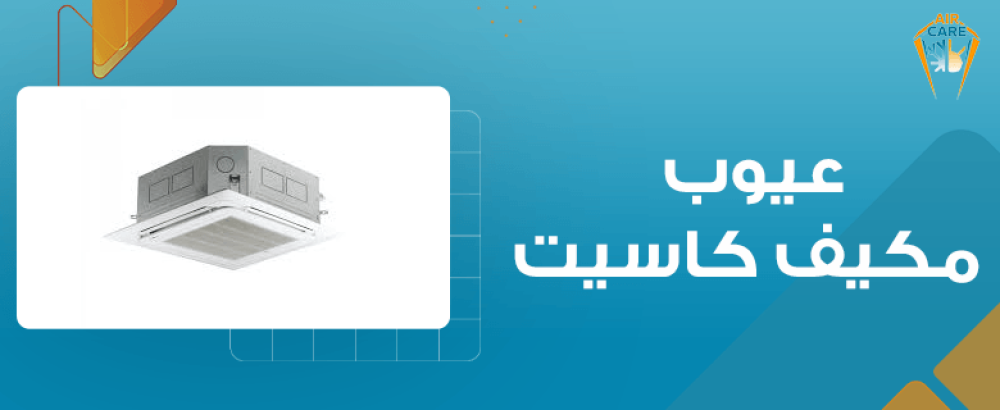
8 September 2025
مكاسب
Disadvantages of cassette air conditioners
Disadvantages of cassette air conditioners